Health Disparities Among LGBTQ Youth
There are many terms used to describe LGBTQ sexual and gender identity. On this site DASH uses LGBTQ to refer to the broad population of youth who identify with a sexual or gender identity other than cisgender or heterosexual. When specific studies or surveillance data are discussed, a narrower acronym may be used to be consistent with the populations in data being discussed.
View the TermsSexual minority youth (SMY) refers to youth who identify as lesbian, gay, or bisexual (LGB), who are not sure of their sexual identity, or who have any same sex partners. CDC’s 2017 Youth Risk Behavior Survey data show substantial health disparities that exist among an estimated 2.6 million sexual minority students, placing them at risk for negative health outcomes, including HIV infection and other sexually transmitted diseases (STDs).
Students who have sexual contact with both sexes are at higher risk than students with only same-sex sexual contact for multiple sexual risk behaviors.
Many LGBTQ youth thrive during adolescence, but, stigma, discrimination, and other factors put them at increased risk for negative health and life outcomes. CDC works with education and public health partners to address health risks and disparities among LGBTQ youth. Together, we can improve the health and lives of sexual minority youth so they achieve their social, emotional, and academic potential.
Compared to their heterosexual peers, sexual minority students are more likely to have:
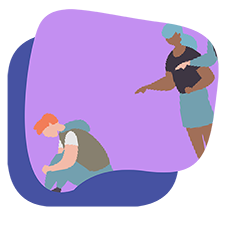
Been bullied at school
- 33% LGB students
- 24% unsure
- 16% heterosexual
- 36% have same sex
- 19% only opposite sex

Felt sad or hopeless
- 63% LGB students
- 46% unsure
- 28% heterosexual
- 64% have same sex
- 35% only opposite sex
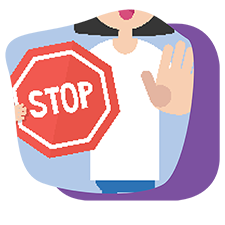
Been forced to have sex
- 22% LGB students
- 13% unsure
- 5% heterosexual
- 30% have same sex
- 10% only opposite sex
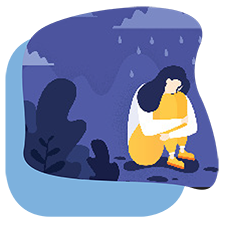
Seriously considered suicide
- 48% LGB students
- 32% unsure
- 13% heterosexual
- 45% have same sex
- 19% only opposite sex
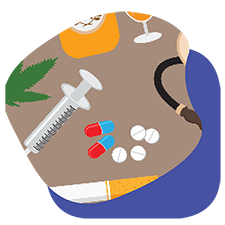
Used illicit drugs
- 23% LGB students
- 27% unsure
- 12% heterosexual
- 36% have same sex
- 19% only opposite sex
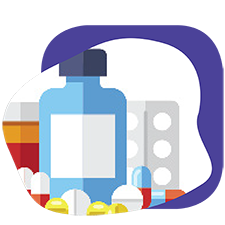
Misused prescription opioids
- 24% LGB students
- 18% unsure
- 13% heterosexual
- 35% have same sex
- 20% only opposite sex
YRBS Transgender Report
In 2017, ten states (Colorado, Delaware, Hawaii, Massachusetts, Maryland, Maine, Michigan, Rhode Island, Vermont, Wisconsin) and nine large urban school districts (Boston, Cleveland, District of Columbia, Detroit, Broward County, Los Angeles, New York City, San Diego, San Francisco) piloted a question to measure the proportion of high school students who identify as transgender.
Survey data from population-based samples of selected state and urban school districts (n=19 sites) indicate that an average of 1.8% of high school students identify as transgender. Transgender students are more likely than cisgender students to report violence victimization, substance use, and suicide risk, and although generally more likely to report sexual risk behaviors, were also more likely to report being tested for HIV.
The MMWR reports listed below examine differences in health behaviors among transgender and cisgender students, in select U.S. states and large urban school districts.
- CDC’s Youth Risk Behavior Surveillance System
- Health Considerations for LGBTQ Youth
- MMWR: “Sexual Risk Behavior Differences Among Sexual Minority High School Students — United States, 2015 and 2017”
- MMWR: “Violence Victimization, Substance Use, and Suicide Risk Among Sexual Minority High School Students — United States, 2015–2017”
- MMWR: “Transgender Identity and Experiences of Violence Victimization, Substance Use, Suicide Risk, and Sexual Risk Behaviors Among High School Students — 19 States and Large Urban School Districts, 2017”
- SMY Report Palm Card [PDF – 2 pages]
- Youth Risk Behavior Survey Data Summary & Trends Report 2009–2019 [PDF – 31 MB]